Twilight of the Gods marks many firsts for Zack Snyder. It is his first TV project to see the light of day, the first series from his multimillion-dollar deal with Netflix, and his first incursion into Norse mythology. However, Twilight of the Gods doesn’t feel fresh, delivering little beyond what one expects from a Snyder production.
The series centers on Sigrid (voiced by Sylvia Hoeks), a half-giantess who builds a life in the human world by the side of Leif (voiced by Stuart Martin), the King of a mighty Viking clan. Their bliss is interrupted on their wedding day by Thor (voiced by Pilou Asbæk), who, in this iteration, is a bloodthirsty brute intent on destroying giant lives. After losing everything, Sigrid embarks on a quest for revenge, aiming to accomplish the impossible: slay Asgard’s strongest god.
The setting of Twilight of the Gods allows co-creators Snyder, Jay Oliva, and Eric Carrasco to delve into the rich tapestry of Norse myths. Sigrid’s journey takes her to various corners of the Nine Realms, filled with magical creatures and legendary beings. Yet, the story is structured like classic medieval fantasy, evoking the feeling of Snyder playing Dungeons & Dragons.
With her sights set on Asgard, Sigrid assembles a band of ragtag heroes that fall into classic D&D archetypes: a couple of warriors, a sorcerer, a barbarian, a ranger, and even a bard. They all answer the call to adventure, though their motivations for challenging Thor and the Aesir gods aren’t always clear.
As in a typical D&D adventure, most characters have a shallow background, just enough to give them an excuse to adventure together. That’s because the main goal is to face challenges and overcome them with wit or brawl. So, as dungeon masters, the creative team of Twilight of the Gods introduces obstacles in each episode as the party inches closer to the gates of Asgard.
To ensure the party’s progress, Loki (voiced by Paterson Joseph) assumes the role of the guiding sage. While the God of Mischief has selfish motives for using Sigrid’s rage, he often appears to help characters solve particularly tricky conundrums or steer them in the right direction. After all, every RPG campaign needs a powerful NPC to keep the plot moving forward.
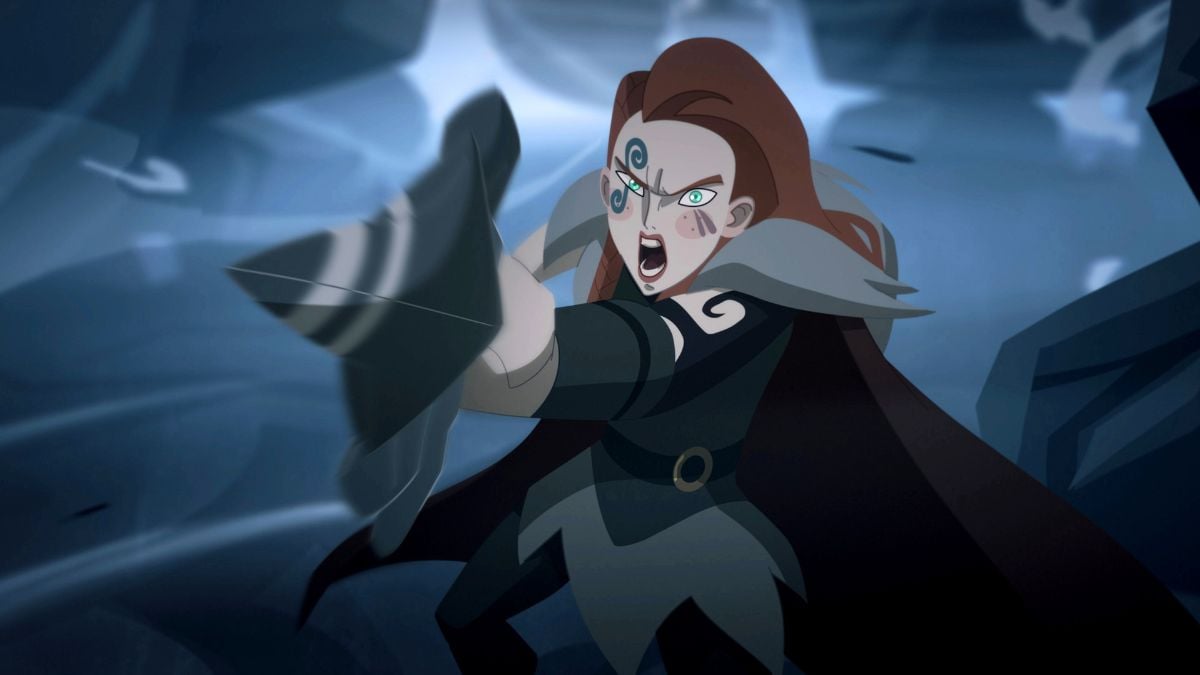
There’s nothing inherently wrong with following D&D‘s guidelines for adventure – the template is classic because it works. However, in Twilight of the Gods, this framework often gets in the way of telling a proper Norse saga. Norse mythology’s ethics don’t align with Western storytelling’s clear-cut heroes and villains. Consequently, some aspects of Norse mythology are altered to fit the show’s binary morality, which is a missed opportunity.
Furthermore, Twilight of the Gods‘ approach to storytelling leaves little room for character development. Sigrid’s followers are, first and foremost, stylish characters satisfying specific party needs. As a result, most heroes receive half-baked arcs or none at all. This is another instance of unfulfilled potential, as the star-studded voice cast deserved more depth to bring their characters to life. Instead, each character’s combat prowess and unique way of slaying enemies take center stage.
This shouldn’t come as a surprise. Snyder is known for prioritizing design over storytelling, and Twilight of the Gods is no different. Depending on who you ask, this is either the filmmaker’s greatest strength, or most glaring flaw. Unfortunately, Twilight of the Gods struggles to showcase the filmmaker’s knack for breathtaking action scenes, as the project’s animation style is unsuited to the task.
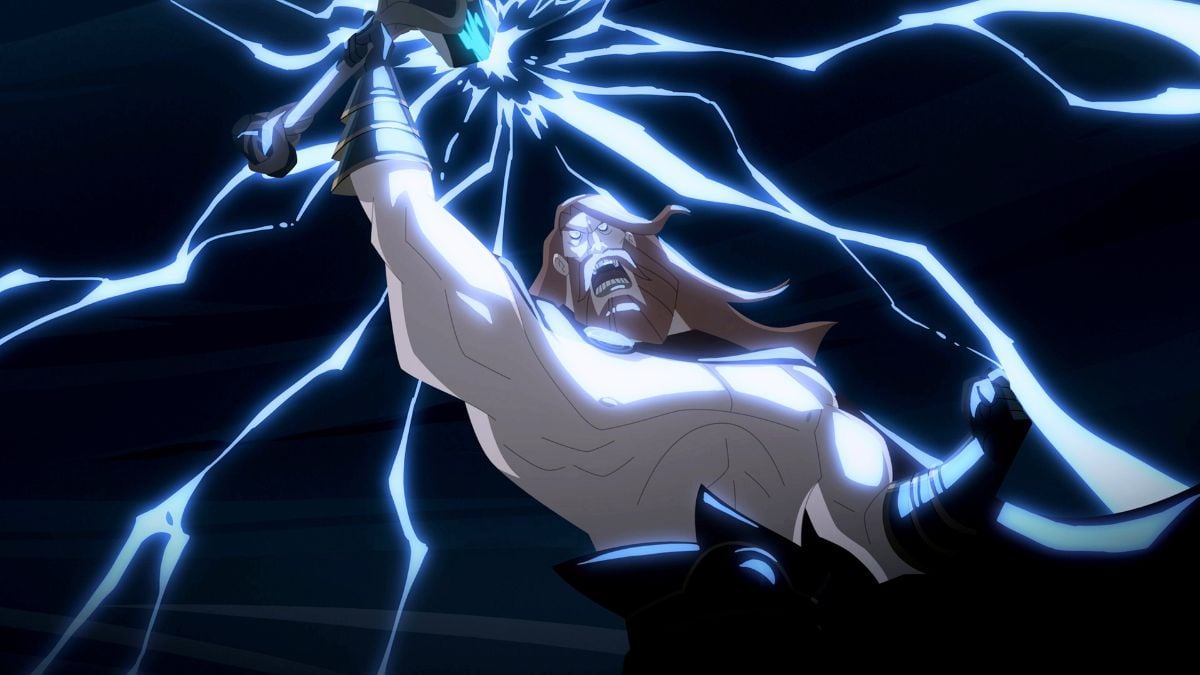
Each frame of Twilight of the Gods looks like it comes from a book. The goal of Xilam Animation was to give the animated series the same aura that mythological tales have by recreating an art style of printed paper. This inspired creative decision is perfect for setting the mood for a series based on ancient poems and oral tradition, storytelling tools that convey meaning with less information instead of more. As a result, viewers can pause the series and almost always get a beautiful frame that could serve as a printed illustration.
The downside of Twilight of the Gods’ art style is that it results in stiffer movement. Once things go crazy and people start swinging swords left and right, the characters’ actions feel clunky – and as in every Snyder production, the series is packed with action. This issue is particularly evident in an episode dedicated to people sharing tales around a bonfire. When the series stops to dive into storytelling, instead of jumping from battle to battle, Twilight of the Gods’ animation shines the brightest.
To make matters worse, most battles in Twilight of the Gods are directed as live-action scenes, with the camera closely framing characters’ faces instead of showing the broader action. Animation offers flexibility that live-action doesn’t, and it’s a shame that Twilight of the Gods fails to use it to its fullest.
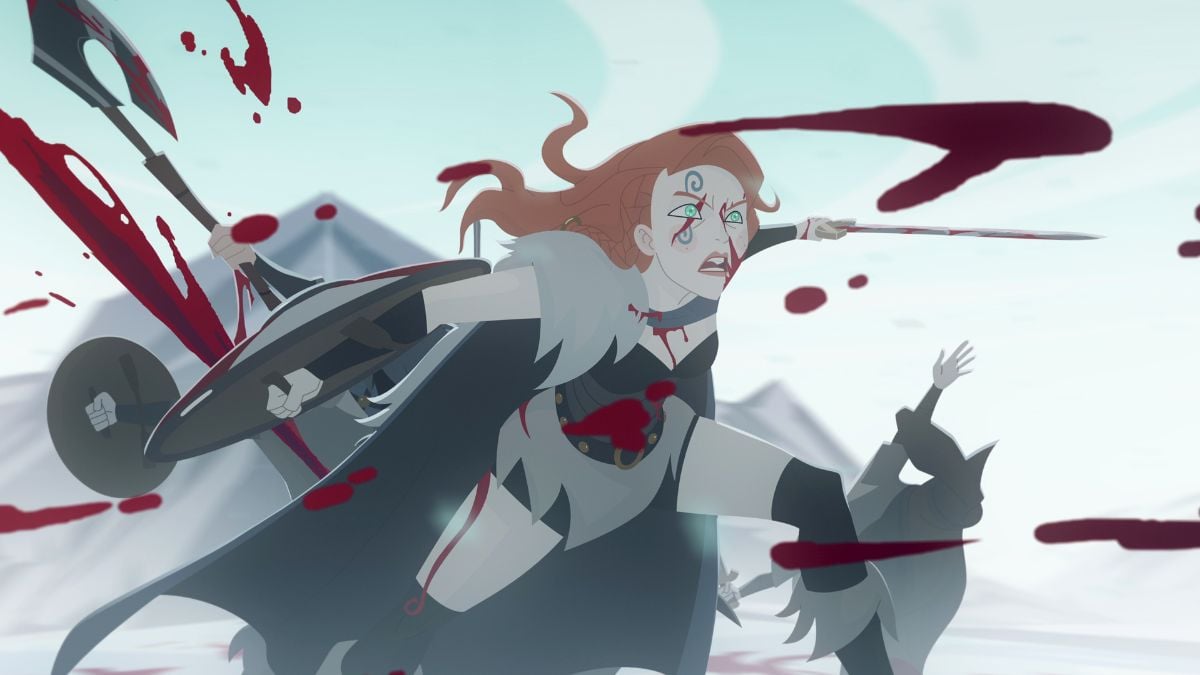
Snyder’s penchant for edginess also hinders Twilight of the Gods. For instance, some sex scenes allow the lovers involved to explore their complex relationships. However, others are so awkward that you wish cartoon characters could benefit from intimacy coordinators. Similarly, in battle scenes, gushing blood often obscures the action. Snyder isn’t known for subtlety, and the ease of depicting blood in animation leads to excessive gore. Yet, all this blood merely feels messy. To underline the issue, Twilight of the Gods doesn’t have the comedic ethos of The Legend of Vox Machina, nor the parody nature of Invincible. So, the exaggerated presence of blood feels out of place at times.
Lastly, Twilight of the Gods also suffers from Snyder’s ambition, as this is yet another unfinished story. With only eight half-hour episodes, the show serves more as an overall introduction, positioning its leading players before the actual battle begins. Given Netflix’s tendency to prioritize immediate gains over story integrity, the future of Twilight of the Gods hinges on its audience reception in the coming weeks. As such, it would have been preferable for the series to offer some closure, even if the goal was to continue the story.
All that said, Twilight of the Gods is not a bad series. There is potential for multiple seasons, especially since more episodes would allow the creative team to give more screen time to its characters. Still, with so much content being dropped on Netflix and so many better adult animation shows available, Twilight of the Gods risks being overlooked. So, rather than relying on the promise of better things to come, it would have been better if Twilight of the Gods went all-in on its first season.
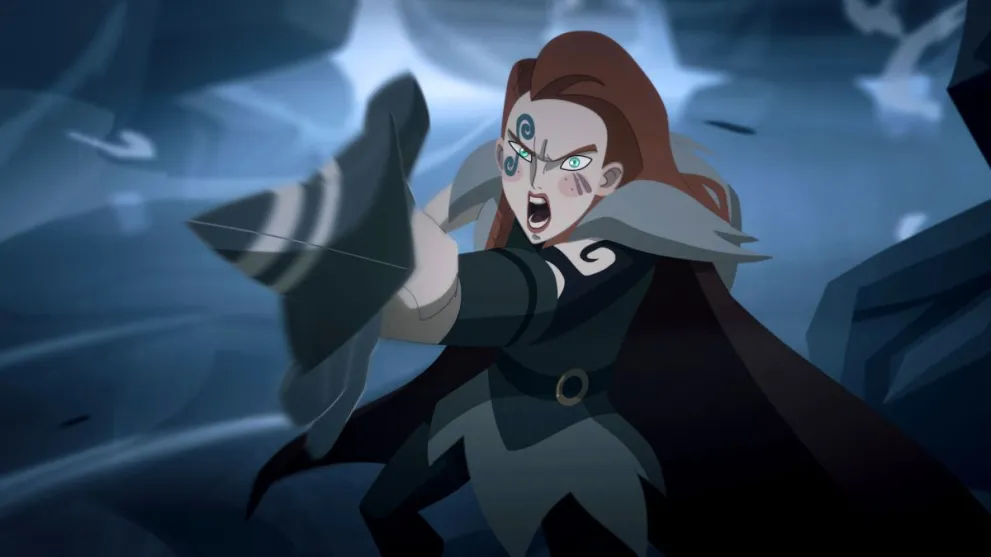
- Unique art style reminiscent of book illustrations
- Star-studded voice cast
- Storytelling potential for multiple seasons
- Shallow character development
- Stiff animation during action scenes
- Overreliance on familiar fantasy tropes
- Unfinished story arc in the first season
- Missed opportunities to explore Norse mythology's complexity


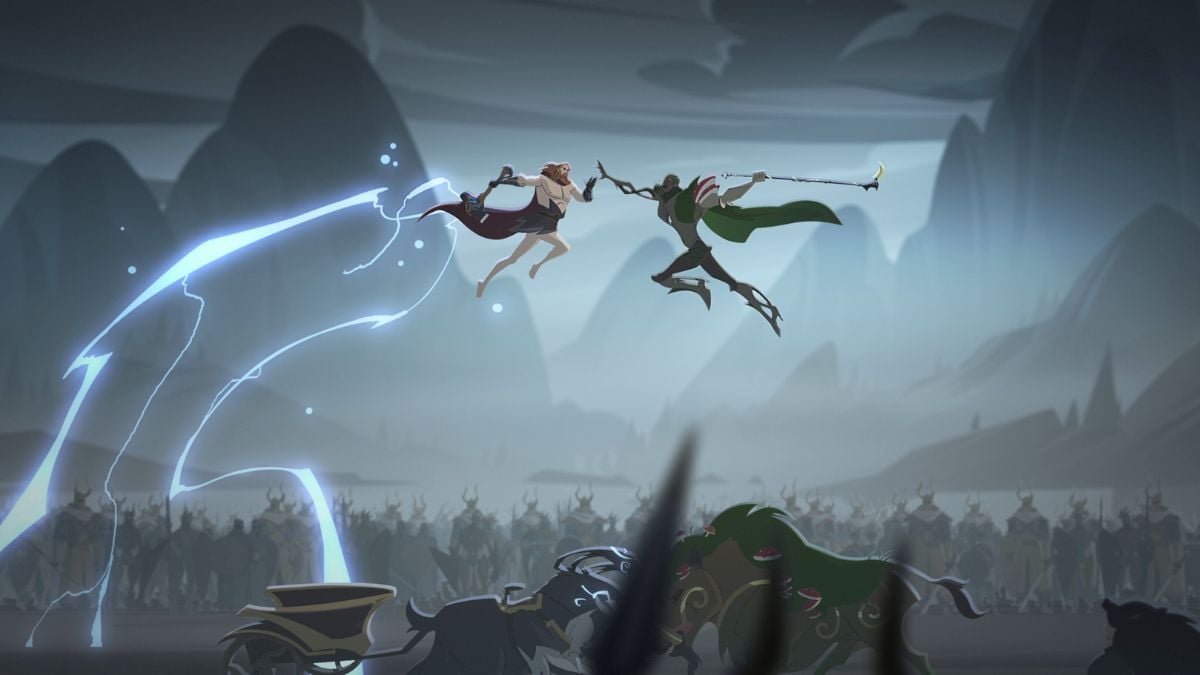
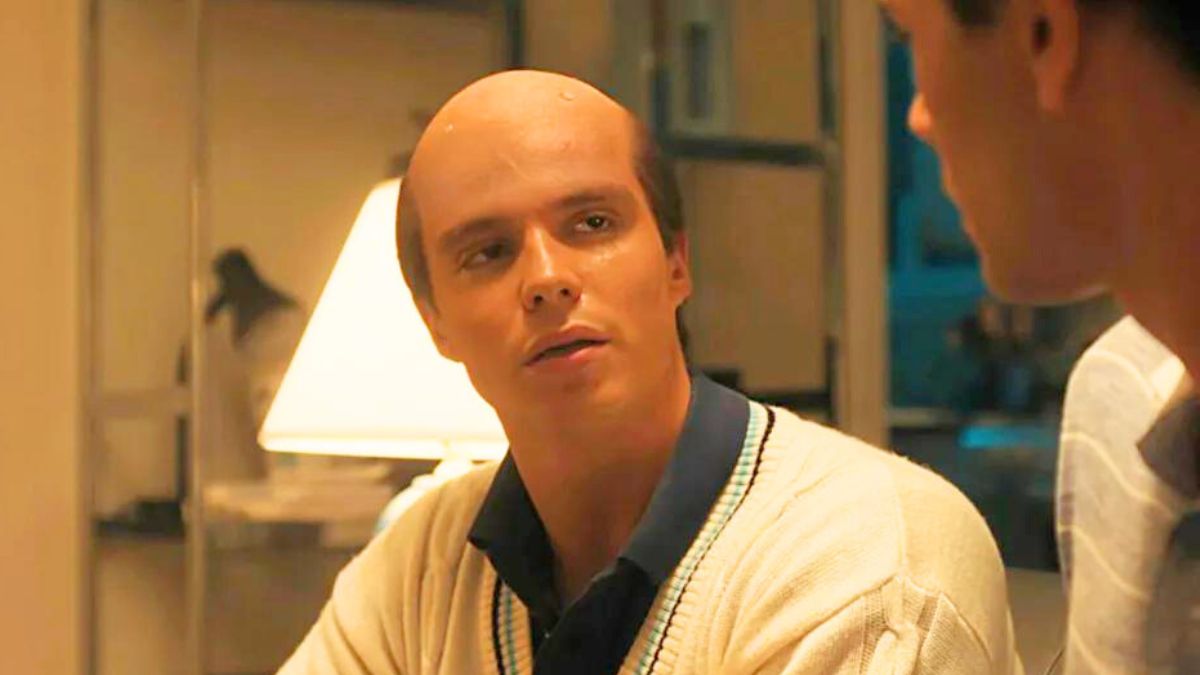
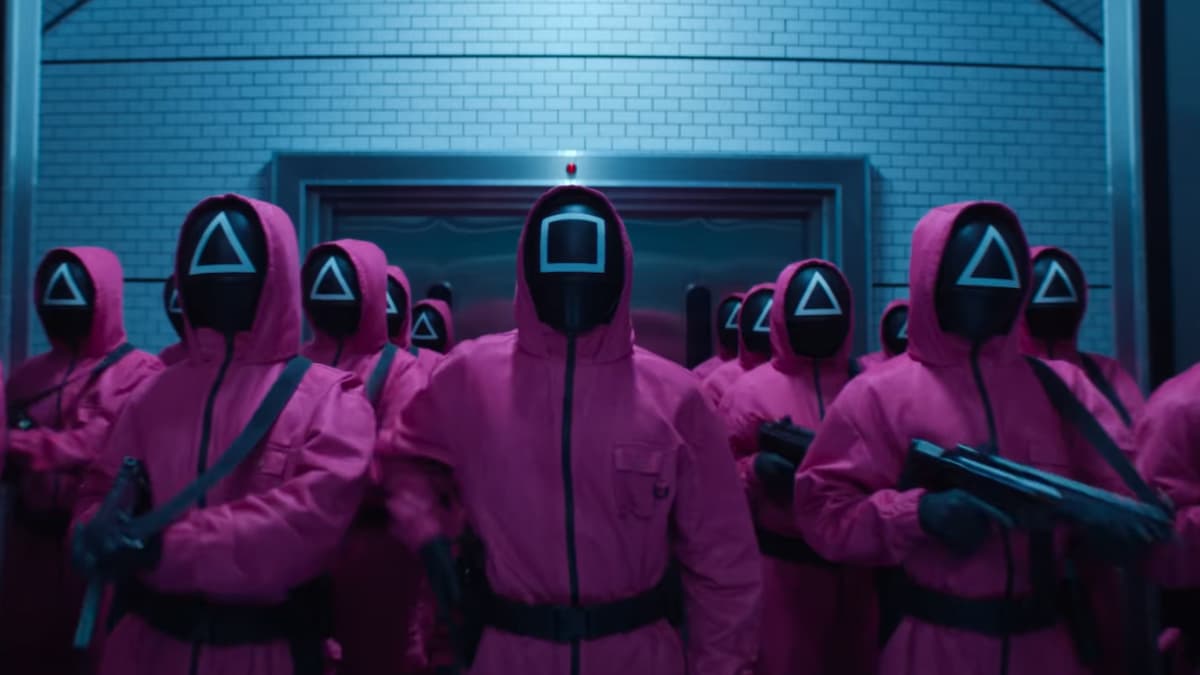




Published: Sep 19, 2024 12:01 am